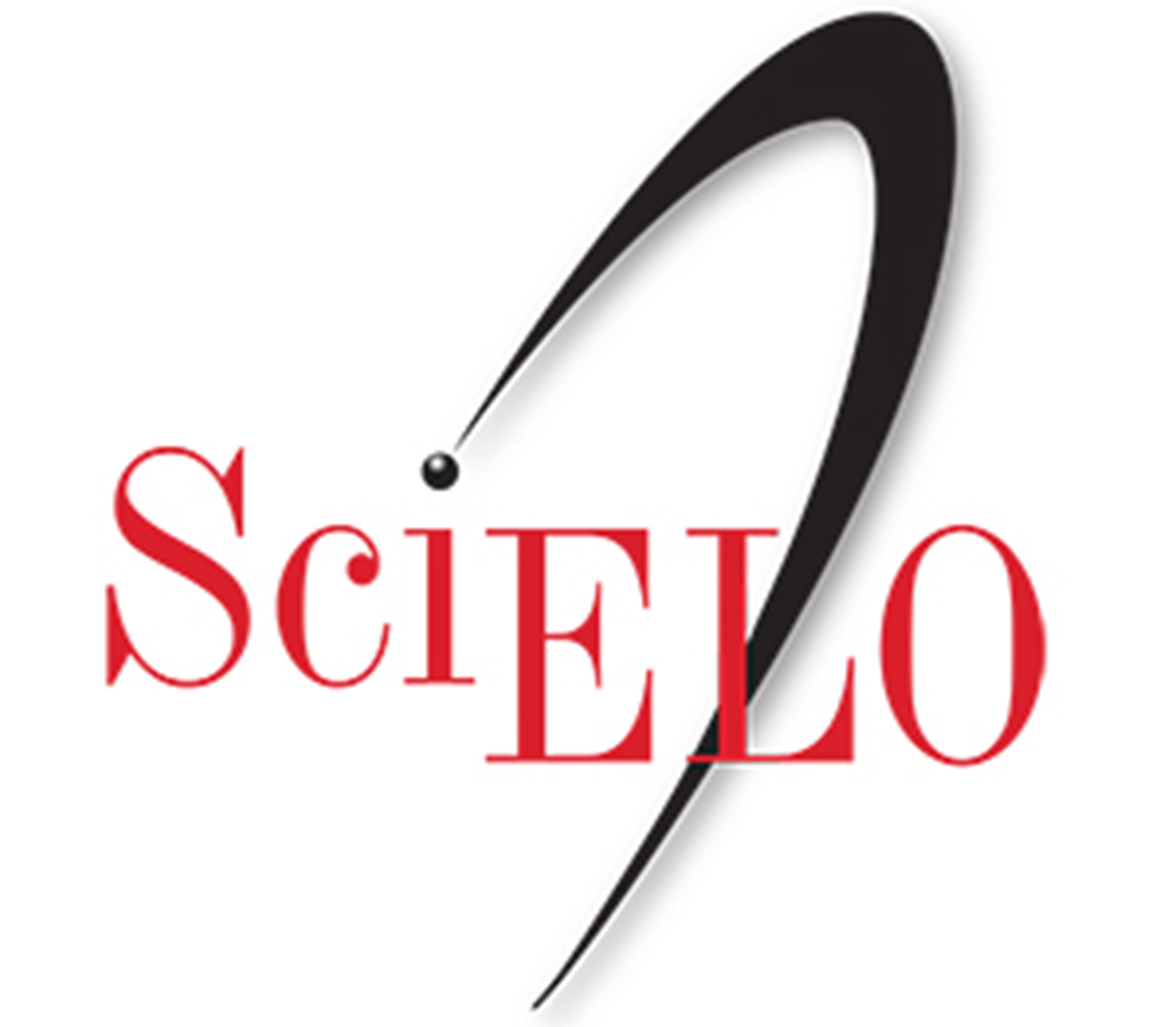PATENTS FROM FIRMS LOCATED IN THE BAIXADA FLUMINENSE, RIO DE JANEIRO
Abstract
This article aims to map the geographical distribution of patents in the Baixada Fluminense region of Rio de Janeiro (Brazil), a proxy for the geographical distribution of innovation activities in the region. This research was based on a survey of the Brazilian patent base of the National Institute of Industrial Property (INPI). Taking into consideration the time required to perform a documental analysis during the available period, it was decided to perform a division of resident enterprises in the region in a time range of 13 years, from January 2001 to December 2013. The study shows a concentration of patents in two municipalities. On distribution by economic sectors there is a concentration of patents in three sectors and for the others the distribution of patents occurs on a regular basis. Regarding the type of registered patents, both types: utility model (MU) and invention patent (PI) are registered with a minimum quantitative difference. With the study, it was possible to note that the peripherical region of Baixada Fluminense is still behind and the competitive advantage based on patent registration is not a target of the resident companies.
Keywords
Authors who publish in this journal agree to the following terms:
- Authors retain the copyright and grant MERCATOR the right of first publication, with the work simultaneously licensed under the Creative Commons Attribution License, which allows the sharing of the work with recognition of the authorship of the work and initial publication in this journal.
- Authors are authorized to sign additional contracts separately, for non-exclusive distribution of the version of the work published in this journal (e.g., publish in an institutional repository or as a book chapter), with acknowledgment of authorship and initial publication in this journal.
- Authors are allowed and encouraged to publish and distribute their work online (e.g., in institutional repositories or on their personal page) at any point before or during the editorial process, as this can generate productive changes as well as increase the impact and citation of the published work (see The Effect of Free Access).
- Authors are responsible for the content of the manuscript published in the journal.






